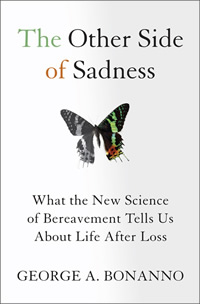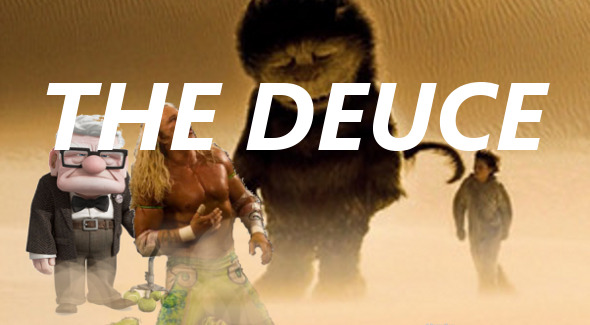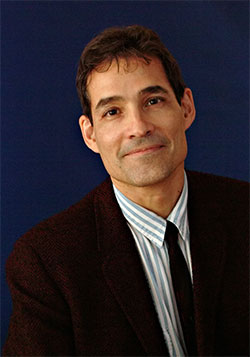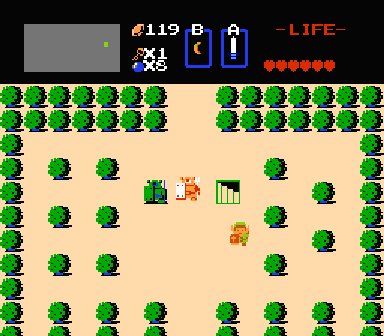Bonanno-rama
George Bonanno is one interesting current figure in the pursuit of this question. A professor of clinical psychology at Columbia University, Bonanno explored the trajectories of grief through extensive empirical data-gathering and rigorous scientific methodology. One thing he found? The whole “six stages of grief” thing is nice, but it doesn’t show up in practice. Another thing he found? Sometimes, talking about things that bother you only makes things worse. Crazy, huh?
Bonanno attributed most successful response to grief or loss – and in fact most response to grief and loss in general, to resilience. How do people move on after big losses? The move on. They do what is necessary. They endure. Most people don’t tend to suffer major psychological damage from grief.
It’s the old matchup between the cliché WWII veteran, wearing his gray flannel suit home from the city to the suburbs, and the cliché Vietnam veteran, a homeless drifter cursed by flashbacks and mentally shattered by brutality. Obviously, these are both charicatures, but when you think about it, it’s hard to believe that maybe there isn’t some selection bias at work in judging an entire group by its loudest, craziest members.
Bonanno did say that people tended to “cope ugly.” They did strange stuff. Things that seemed pathological actually helped people make it through the tough times.
So, if you just drank a quart of whisky and ate a bloody steak in a hot bath after an awful heartbreak, congratulations, you’re probably not crazy. But you are probably going to vomit – just fair warning.
The missing Link
So, let’s bring back Link from the Legend of Zelda, and let’s try to help him get over his fear of statues coming to life and stabbing him.
Show him a picture of a statue – HOLY CRAP!!
Show him a picture of a statue – HOLY CRAP!!
Make him describe, in detail, what it’s like to be stabbed by a statue – HOLY HOLY CRAP!!
Bonanno’s research (and of course the research of others as well – I mostly point him out because he is so rich in potassium) would suggest that maybe this isn’t what Link needs. Maybe this is actually just upsetting Link. Maybe what Link needs is some quality alone time with his warp whistle, or some afternoons huntin’ enough Tektikes to get a blue ring the hard way.
Consider that, as psychologists, we would be primarily concerned with what is healthy for Link. We bring into our discipline from outside determination that it is important that Link adventure through Hyrule and save Princess Zelda. His statue trauma is preventing him from doing that. So, what is better to do, slog through further years of weekly upsetment over the statue, or help Link find a way to cope and find his resilience?
Because after all, Link is hella resilient. Even after his hearts start beepin’, he’s still got a whole lotta more dungeoncrawling left in his elvin long johns.
Being mean to meaning making

This is what his book looks like and you should buy it because he is a good sport (or I hope he is).
If Bonanno’s interpretation wins the day, one of the bridges between “learning” aspect of emotion and the “punishing” side of emotion – the dredging of trauma for contextualization and “meaning making” takes a serious hit in its clinical applications and overall cogency.
Which – and this is why I went to all the trouble and the Zelda examples – adds quite a bit of texture and insight into our critique of the crying prompted by the movies of 2009.
We can look at Where the Wild Things Are and say, “We are sad because we are plumbing the essential truth of this character’s sadness; we identify with it and with our own troubles, and we weep in catharsis at the discovery and mapping of meaning onto a chaotic emotional state. This is essentially a Good Thing that is Good for all of us.”
But let us take off our old-school psychologist hat and put on either a new-school psychologist hat (where we try to help our patients as much as gratify our own curiosity) or any number of other hats (like a British Bobby’s hat we have left over from a Benny Hill chase scene). Is this true? Is this what the art says?
We could say the same thing about Up. We could say the same thing about The Wrestler. That we each have our own basin of unhealed hurts, and the act of connecting with and grieving on behalf of these characters helps us heal ourselves.
Well, regardless of what I have written before on the subject, let us today call this the easy way out and look for something better.
It just seems too simple – this art imitating life imitating art – this narrativized psychology giving us a pat explanation for what feels like a jarring and complex – and rare – artistic experience.
Plus, I am suspicious of any interpretation of art that ascribes artistic value to nonartistic virtues – such as instructive quality, decency or healthfulness. These are not the reasons we make art. It is the same objection I always have to George Orwell’s 1984 being taught in schools; or to many literature currula that focus on the context in which a work was written or published while glossing over the quality and specifics of the work itself – if I want to know about the horrible abuses of Communism, I can read real history. I don’t have to read fake history. Stalin did a lot of bad things. Granted. We don’t have fiction just so we can make inaccurate history more entertaining.
Besides, I can always watch this instead anyway, which I will never tire of embedding in articles:



Great stuff. The closing had me coping ugly just a teensy bit
The ending to the Wrestler is less ambiguous than you make it out to be. There can’t be any doubt that Randy died. When he comes off the turnbuckle for the Ram Jam the camera switches to a 1st person POV. The closing shot is of the lights. Meaning Randy is on his back.
The symbolism is heavy, only a wrestler who has lost his match stares up the lights as he’s being pinned. Randy as the babyface in a reunion match against an opponent doing the evil foreigner gimmick would never do the job, the crowd would be sent home happy that the all-American wrestler has conquered the invading foreign menace. This is even more the case after Randy hits his patented finisher. Even if this was one match in a series of matches the heel would never shake off the face’s finisher to win the match. So Randy is laying on his back after a heart attack.
The symbolism is much more than just Randy’s death. Its that life has pinned him, and the match is over.